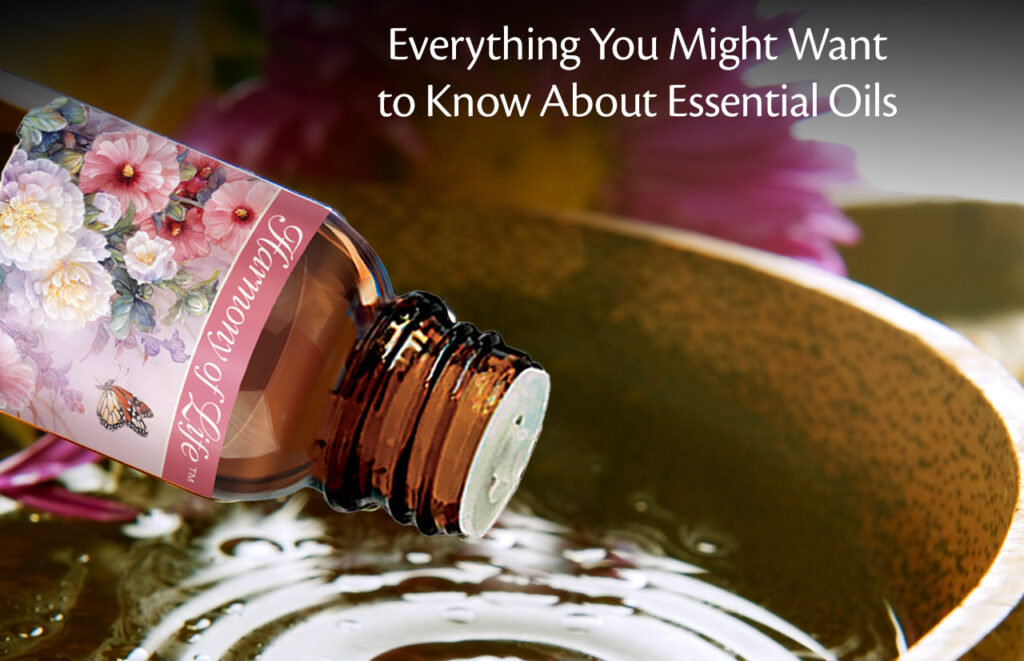According to historical records, essential oils have been used as far back as 4500 BC. The oils were used in ceremonies and rituals by ancient Egyptians and Mesopotamians, as they were believed to contain spiritual qualities. However, they were also used to create everyday products like ointments, makeup, and liniments.
While that was a very long time ago, the interest in essential oils has not waned in the least. If anything, today’s contemporary society is probably even more fascinated with essential oils and their many different uses. But before we get into that, let’s layout a quick definition of essential oils.
Essential oils are the life blood of a plant. Essentially. A plant’s essence, if you will. They are the substance that gives a plant its flavor and smell. Of course, you can’t do a whole lot with an entire plant, other than admiring its beauty and partake of its fruit. So how do you get the essential oils out of a plant?
Well, a plant’s essential oils live in its leaves, roots, branches, seeds, flowers, bark, and resin. These pieces of the plant are put through various processes – including cold pressing, steaming, soaking, and diluting – in order to extract its natural oils. Once enough of the plant’s natural oils have been extracted, it is mixed with a “carrier oil” like grapeseed, safflower, coconut, jojoba, and olive oil, so it can be used for other purposes
There are more than 100 essential oils that have been documented in the world. Some of these are rarer than others, of course, based on the scarcity of their source plant. But many essential oils are prevalent and readily available in commercial form, including pure and undiluted, blends, balms, lotions, and more. Here is a list of 10 essential oils that are often used and a few of the properties that people attribute to them:
1. Lemon – for cleansing and elimination of odor
2. Cinnamon – for warmth and relaxation
3. Lemongrass – for relief of stress and anxiety
4. Lavender – for calming and to help with insomnia
5. Peppermint – for relief of headaches and sinus pain
6. Tea Tree – for cleaning and purifying
7. Eucalyptus – for building immunity and decongestion
8. Clary Sage – for rejuvenation and calming
9. Orange – for uplifting and cleaning
10. Rosemary – for energy and stimulation
Essential oils have many practical applications, especially around the home. They can be used to make cleaners, to help eliminate odors, to enhance certain food dishes, to add fragrance to bath products and so much more. But one of their most popular usages is the process of aromatherapy.
Aromatherapy utilizes dispersion tools like diffusers to break down the molecules of essential oils and propel them into the air so they can be breathed in. The scent of smell is very powerful and some people have found this to be therapeutic in a number of ways.
Essential oils can also be massaged into the skin, and many believe that doing so it could potentially provide the same benefits offered from breathing them into the lungs
If our blog made you curious about essential oils in the least, The Bradford Exchange offers several unique collections that feature them, including exclusive blends, artistic diffusers, and more. We’d love for you to take a look and thank you so much for reading!
Everything You Might Want to Know About Essential Oils by The Bradford Exchange
